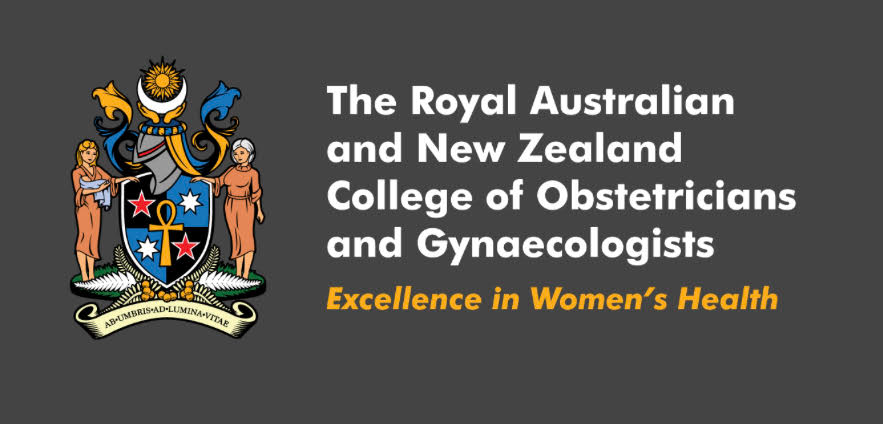

Many pregnant women will travel during pregnancy, by air.
The main issue is, the distance to travel and how far along in pregnancy you are. Usually the further the distance, the earlier in the pregnancy you should travel. For example, traveling to Europe or East Coast North America should be completed by 32 weeks gestation.
This is for women whose pregnancy is low risk or facing a women’s health obstetrician. If, however your pregnancy is considered high risk, e.g. twins, placenta covering your cervix or you are at risk of pre-term delivery, your travel plans should be reconsidered or be completed earlier in the pregnancy.
Long haul air travel (greater than 8 hours) can put the mother at an increased risk of a deep vein thrombosis (clot in the leg) which can be dangerous if the clot dislodges and travels to the lungs.
This increased risk occurs because in pregnancy, blood clotting is activated from an early stage. Also the increasing size of the pregnant uterus can compress the veins as they travel through the pelvis leading to pooling blood in the leg veins.
If you are travelling long haul then it is recommended that below knee compression stockings are worn and other precautions such as plenty of fluids and regular leg exercises to minimise the chance of deep vein thrombosis.
Most airlines will request a ‘Fit to Fly’ letter if the mother is travelling close to or beyond 28 weeks.
Another factor to consider, is the location you are travelling to, as many countries do not have such a high standard of health care as Australia. Travelling through crowded airports can increase the transmission of airborne infections such as COVID and influenza, so consider wearing a mask.




